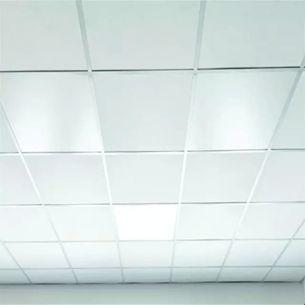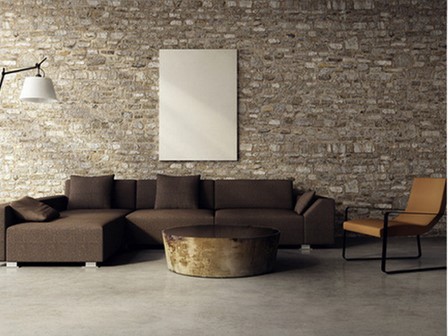One of the big advantages of infrared heaters over conventional heating systems is that they take up very little space and can be positioned much more flexibly than, for example, radiators. But is it really possible to install them on the ceiling?
Many people cannot get away from the mindset that the heater should be in front of the window. Of course, infrared heaters can be placed there too, although this is less recommended. The reason for this lies in the technology of how the infra-panels work. The infrared rays emitted do not heat the air but the objects and walls in the room. For this reason, it is not advisable to install them where there is a lot of furniture in the way, as this prevents them from being able to reflect the most effectively and continue their journey to heat up other objects. This is why infrared panels are best mounted on the wall or ceiling.
Why is the ceiling the ideal place for infrared heaters?
First, because it is the safest way. The infrared heaters heat up when they are in operation, so it makes sense to install them in an area where even children and pets can't reach them. Secondly, this is the best way to make them as efficient as possible. The infrared rays travel towards the floor, where they are reflected back to give the best possible temperature distribution. In addition, this will minimise heat transmission through the window.
The best possible use of space
We also love infrared heaters because they take up very little useful space in the room. So there's much more space for furniture or transport. It's easy to work out how many infra panels you need and how much power you need. For example, an 800W aluminium infrared heater can heat a room of about 10-12 square metres. If you want to heat a residential property, a single panel will be sufficient for most rooms.
Perfect fit for coffered ceilings
You can also use infrared heaters to heat larger spaces, such as offices. Many office buildings have coffered ceilings, which our 60×60 cm 350W aluminium infrared heater fits perfectly. It can be installed in place of a standard cassette. It is most efficient when installed above the tables, so it provides the most perfect heat distribution possible.

Additional benefits
Did you know that in conventional heating systems, 30-35% of the heat is lost through the roof and 18-25% through the walls? The infrared rays don't penetrate the walls, they heat them up and then reflect back and travel further through the space. When installed on the ceiling, even the heat distribution in the room will be as perfect as possible.
If you need help with where to place your infrapanel or are unsure about the power you need, please contact us. contact us at. You can get our panels in our webshop, which you can also have installed by our experts on request.




